Specifiers often ask me about roof ventilation. And more recently Architect Pip Cheshire asked about a 'near flat' roof and if he used a double layer membrane system, whether or not it would need ventilation?
So, do Membrane Roofs Need Ventilation?
The short answer is: No.
No ventilation is required with flat roofs when the right membrane is used and installed correctly. A tough, reinforced, double layer membrane system should not be affected by interstitial moisture. In particular, a warm roof system tends to be the ultimate protection from flat roof moisture concerns.
Longer Answer: However...
As we all know, showering, cooking and living in a building creates moisture. This moisture combined with the warm air, rises and accumulates in the ceiling spaces, which will then condensate upon contact with the cold temperature found on the underside of the roof cladding. This phenomenon is called interstitial condensation and it can be detrimental to any roof structure. It's a risk with cold roof design options, and is why many membrane roofing systems will need to consider ventilation of the roof space.
Solutions to this moisture-laden air in the roof space are 'mushroom' type vents in the roof surface itself or if possible, cross-flow ventilation through the roof structure and out through soffits. Even so, venting the roof space can have its drawbacks, as there are situations, such as heavy rainfall, where moisture can enter the building. In certain conditions, unwanted humidity can enter the roof space through the vents. The penetration of the membrane by these vents is also a potential weak point.
The Solution
Nuralite offers the Nuratherm warm roof system which provides an effective waterproofing and insulation solution. This system completely negates the instance of interstitial condensation, and therefore no ventilation is needed.
Unlike a classic NZ cold roof, the insulation sits as a continuous layer on top of the roof structure so the roof remains warm. The vapour barrier prevents warm moist air from rising to meet with the cold outside temperatures. See the diagram below for more information on the Nuratherm warm roof system.

Conclusion
The performance of Nuraply 3PM double layer torch-on membrane is not affected by moisture. However, alone it does not provide a solution to condensation in the roof cavity. Nuralite do suggest their proprietary vents for cold roof designs with inhabitation below. An ideal solution remains the Nuratherm warm roof system.










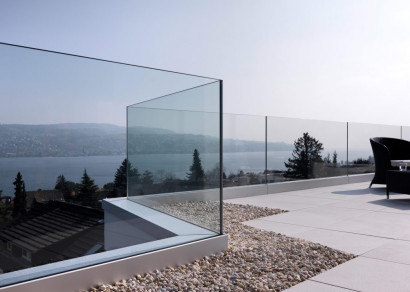


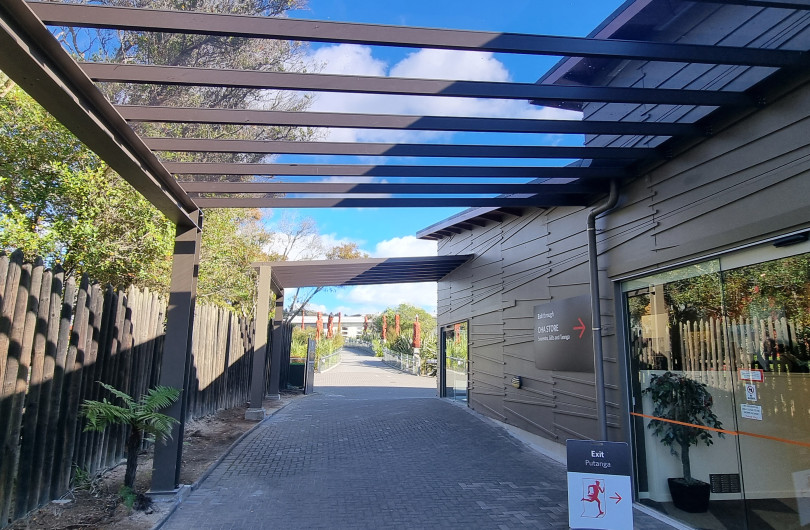
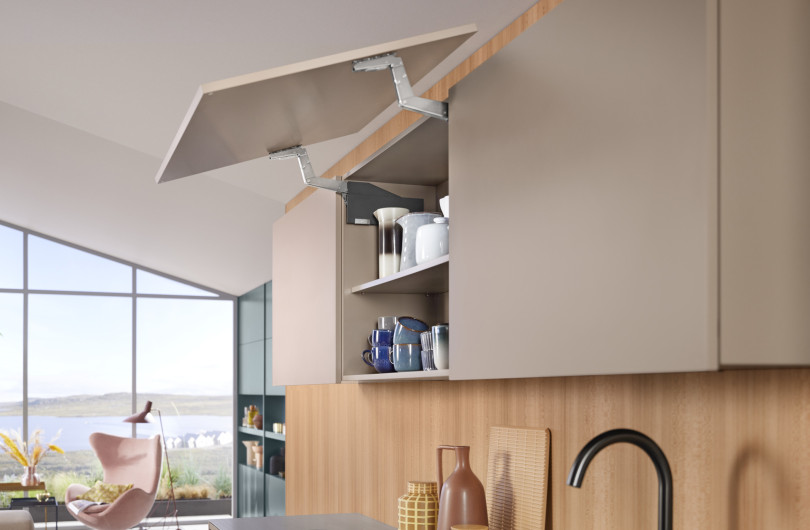


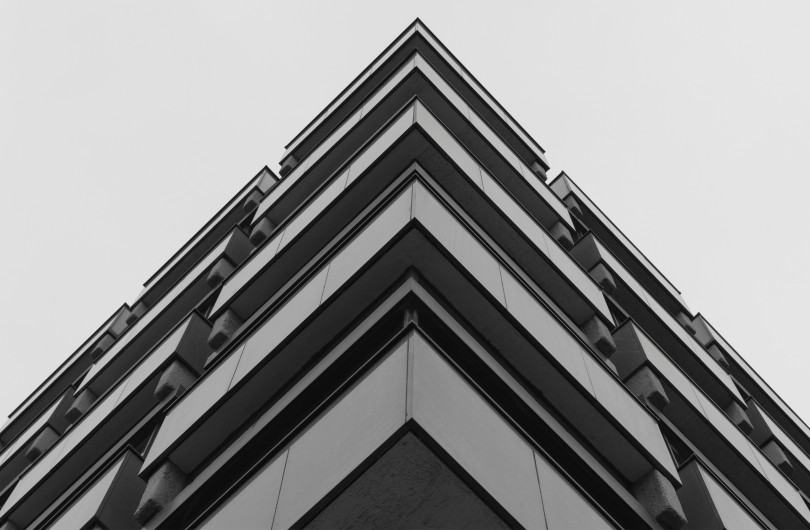

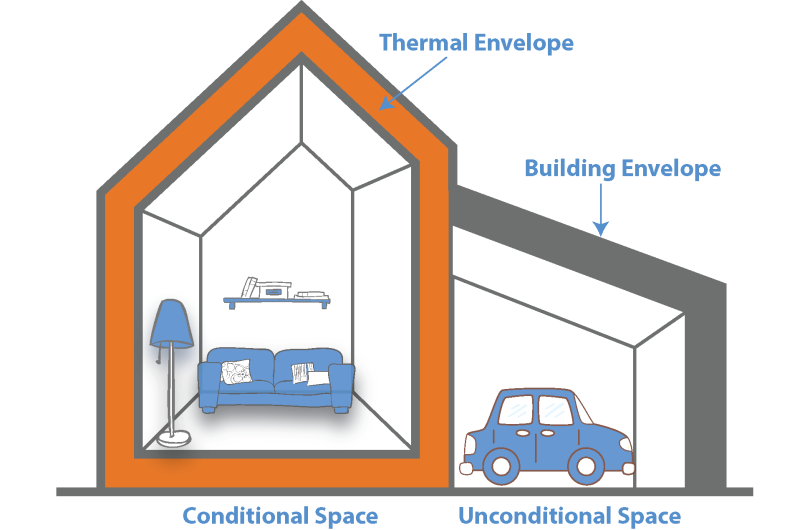






 Most Popular
Most Popular Popular Products
Popular Products


